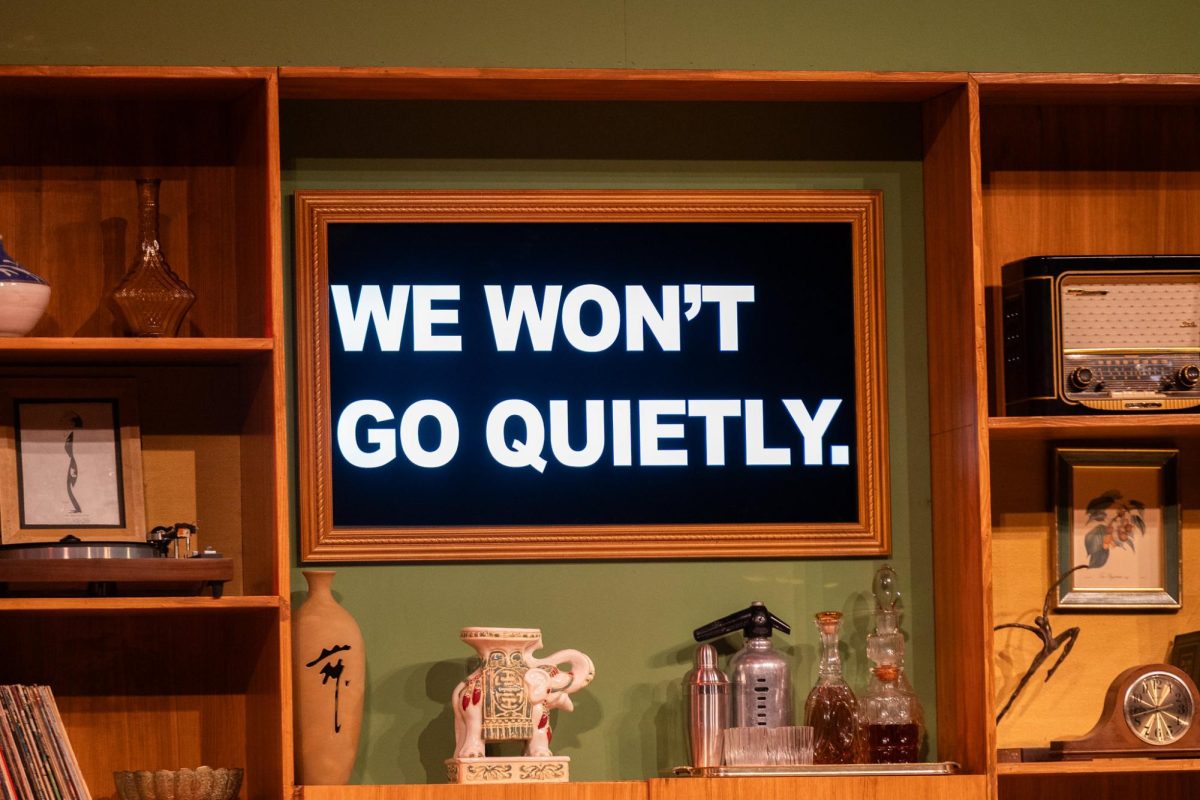The third to last episode of Game of Thrones, “Eastwatch,” airing on Aug. 13, garnered the most viewers the series had ever seen: an astounding 10.72 million— and this is only people who tuned in to watch the episode live.
The number is an incredible feat and well earned for HBO who, according to Entertainment Weekly, spent a mind boggling $100 million to produce season six of the critically acclaimed fantasy show. The thought and planning which goes into these episodes rivals and even surpasses many movies in Hollywood, making sense that high production value nets such high viewership.
But television isn’t the only outlet receiving such attention.
By now, we are all aware of YouTube; a website for video hosting that anyone can post to and view. Over the last few years, monetization has slowly crept up, with YouTube sporting ads and commercials similar to television programming.
With revenue brings new content creators, and YouTube’s been booming with new contributors looking to make a buck off of the platform. Nowadays, entertainers don’t have to get contracts for a TV show or movie to get the attention of millions. Anyone with a phone can potentially wrangle an audience of millions.
One of the most lucrative genres across YouTube is “vlogging,” or video blogging. People document their lives and share their experiences with their audience through them, and are often exaggerated and feature sponsored content to make them more exciting. “Let’s play” videos, which feature a gamer playing a recent release or popular video game while they narrate what’s happening in the game, too are relatively quick and cheap to produce, especially when compared to big budget entertainment from Hollywood.
Yet it’s possible to match or even surpass the viewership seen in traditional media outlets.
Content creators like PewDiePie, Casey Neistat, Jake Paul and others net millions of subscribers and views on each video they put out. Jake Paul, a YouTube star who has committed to uploading a video daily, has racked up over 430 million views in the last month and makes between $1.7 and $20.7 million per year, depending on advertisers, according to Social Blade statistics.
In addition to advertising money, many of these stars build a following large enough to grab the attention of various sponsors and larger networks.
Casey Neistat, a popular video blogger, sold his video company, Beme, to CNN for $25 million.
Many youtubers also fund their channels by crowdfunding sites like Kickstarter or Patreon, which are sites that allow viewers to directly donate to content creators of their choice.
There are many reasons why these low budget (and sometimes low effort) videos across YouTube can gain such huge views. The high turnaround rate of videos and short runtime may attract viewers, as they require less commitment than a typical TV show or movie. Many of the popular channels also receive many views from children, who can easily access videos on their personal devices. And cheap alternatives to TV like YouTube and Netflix entice customers who are eager to cut the cable.
TV shows are still a very popular form of entertainment and probably won’t be going anywhere soon. Youtube channel quality is generally not quality enough to replace expensive shows like Game of Thrones or storytelling such as Breaking Bad, but the younger generation watching YouTube all the time could change the way media works in the future.
YouTube is already exploring a Netflix-esque video service called YouTube Red starring it’s biggest and brightest stars, and it will be interesting to see where media will go in the coming years; especially when creators can become millionaires with just a smartphone and an internet connection.



































